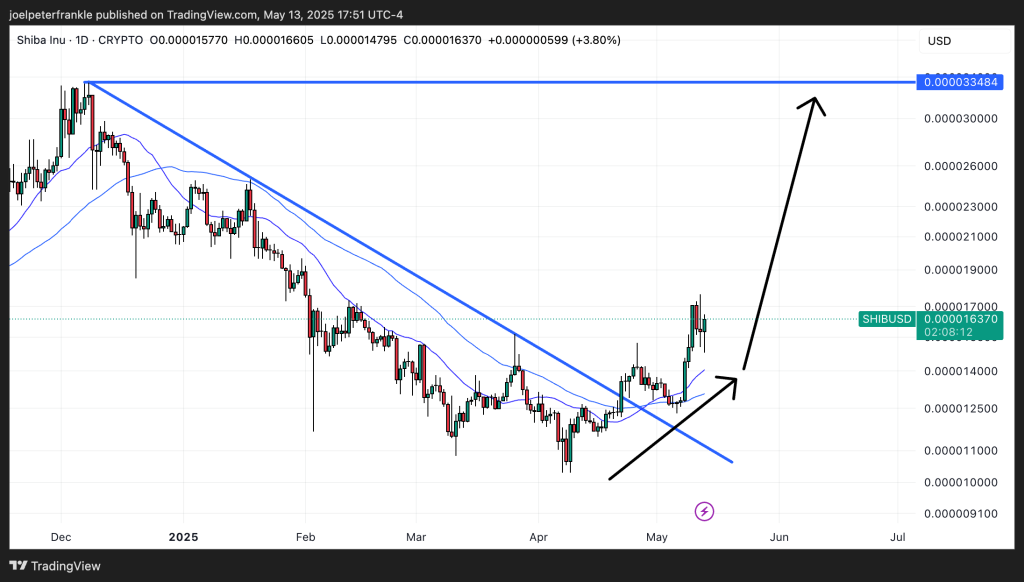Unlock the Editor’s Digest for free
Roula Khalaf, Editor of the FT, selects her favourite stories in this weekly newsletter.
German inflation rose slightly more than forecast in April on the back of strong food and energy prices in Europe’s largest economy, curbing investors’ hopes of a string of interest rate cuts this year.
Consumer prices in Germany increased 2.4 per cent in the year to April, rising from 2.3 per cent a month earlier, according to EU harmonised data released by the federal statistical agency Destatis on Monday. Economists polled by Reuters had expected a flat reading.
However, excluding underlying energy and food prices, Destatis reported core inflation had fallen from 3.3 per cent to 3 per cent.
With Spain reporting a similar uptick in headline inflation coupled with a cooling of core price growth, the German figures chipped away at investors’ confidence about the extent of European Central Bank rate cuts this year.
The uptick in German inflation was “a good reminder of how difficult the last mile of bringing inflation sustainably back to 2 per cent will be for the ECB”, said Carsten Brzeski, an economist at ING.
Government bond yields, which move inversely to their prices, rose slightly on the news as investors trimmed their bets that the ECB will start cutting rates in just over a month. Despite the rise, Germany’s benchmark 10-year bond yield was still down almost 5 basis points at 2.53 per cent.
Senior ECB policymakers have said they are likely to cut rates for the first time in five years at their next policy meeting on June 6 as long as wages and price pressures keep cooling in line with their forecasts for inflation to drop to the bank’s 2 per cent target by next year.
A June rate cut by the ECB “still looks like a done deal”, Brzeski said.
Eurozone inflation is expected to remain flat at 2.4 per cent, while core inflation in the bloc is expected to fall from 2.9 per cent to 2.7 per cent when that data is released on Tuesday.
Any overshoot could cause traders to doubt whether the ECB will start cutting rates in June, especially after hotter than forecast US inflation prompted them to reduce bets on the scale of Federal Reserve easing this year.
Recent business and consumer surveys show the eurozone economy is tentatively emerging from its recent stagnation and data on Tuesday is expected to show gross domestic product in the region expanded at a quarterly rate of 0.2 per cent in the three months to March.
But despite economic activity improving, most economists expect the fact that Easter was in March rather than April this year to lower airfare and package holiday prices in the past month, bringing down eurozone services inflation for the first time in six months.
The earlier Easter seemed to contribute to lower German services inflation, which fell back to 3.4 per cent, having accelerated to 3.7 per cent in March.
Ralph Solveen, an economist at Commerzbank, predicted that German inflation would rise later this year “as companies in the service sectors in particular will pass on the massive rise in wage costs to their customers”.
Destatis said energy prices fell 1.2 per cent in April — a much smaller annual decline than the drop of 2.7 per cent recorded in March — while food prices rose 0.5 per cent after falling the previous month.
Spain’s statistics office said rising gas and food prices — after the removal of government subsidies — helped to push up its inflation rate to 3.4 per cent in April, compared with 3.3 per cent a month earlier. But core inflation, excluding energy and fresh food, slowed from 3.3 per cent to 2.9 per cent.
Credit: Source link









![The best marketing campaigns of the year (thus far), what to learn from them, and why they worked so darn well [new data] The best marketing campaigns of the year (thus far), what to learn from them, and why they worked so darn well [new data]](https://knowledge.hubspot.com/hubfs/marketing-campaigns-1-20250508-1357892.webp)

